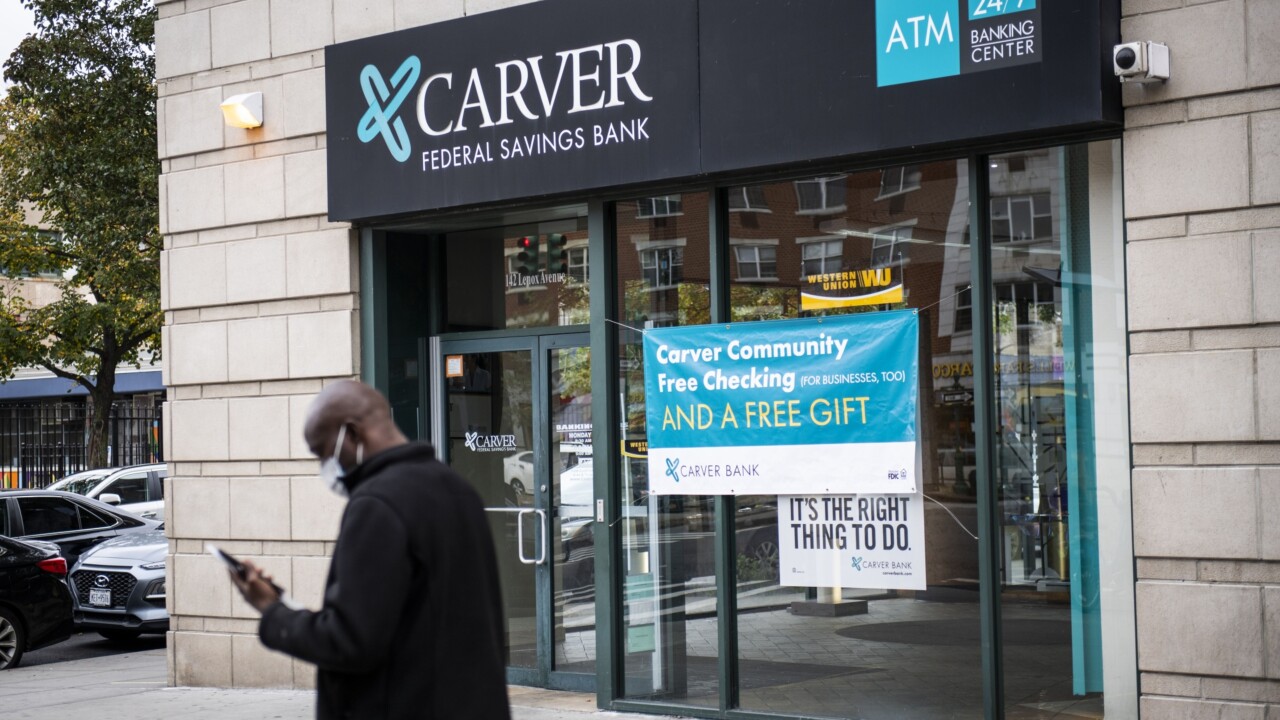-
JPMorgan Chase & Co. has quietly ceased filing lawsuits to collect consumer debts around the nation, dismissing in-house attorneys and virtually shutting down a collections machine that as recently as nine months ago was racking up hundreds of millions of dollars in monthly judgments.
January 10 -
Robo-signed affidavits and sloppy legal work led the bank to halt court claims. The errors cast doubt on billions of dollars in judgments.
March 12 -
California accused JPMorgan of illegal tactics to sue thousands of credit card borrowers behind on their debts, including "robo-signing."
May 9 -
The underlying results of JPMorgan's third quarter were mediocre, even excluding heavy litigation costs. Its loan outlook for the current quarter is unencouraging. Expect a lot of other banks to continue the theme this fall.
October 11 -
JPMorgan Chase has stopped selling most of its bad loans to third-party collectors in recent months as it braces for regulatory action over its credit card debt collections practices.
July 1
JPMorgan Chase (JPM) plans to disband a group tasked with suing consumers to collect delinquent debts, according to former employees and others who were told about the change. The move comes two years after the bank ceased filing collections suits amid scrutiny of the accuracy of its records and court filings.
Last week, the bank informed employees in its collection-litigation services division that it plans to shut the unit and reassign them to other parts of the company, said former employees and others told of the changes. The San Antonio-based division is responsible for coordinating litigation against delinquent borrowers, maintaining records and managing law firms hired to pursue the bank's claims, the sources say.
The group's roughly 100 employees could be reassigned or let go as a result of the shutdown, the sources say. A JPMorgan spokesman would not confirm the closing or the size of the group.
JPMorgan
Last week's shutdown of the collection-litigation services group raises the question of whether the bank is bracing for legal challenges in the wake of last month's OCC settlement.
A JPMorgan Chase spokesman said the bank has "no plans to restart" debt-collection suits but was unable to confirm whether the bank has decided to disband the collection litigation services group permanently. He said the company has reassigned some employees from collections litigation to work on fulfilling the requirements of the OCC's consent order, and that employees at the San Antonio facility are regularly shifted between departments.
JPMorgan Chairman and Chief Executive Jamie Dimon said he intends to make compliance a priority and to exit noncore businesses that carry excessive risk. The company
JPMorgan has come under fire from federal and state regulators for shoddy documentation within its consumer-loan collections group. An
JPMorgan said in a statement that the issues affected less than 1% of its customers, that it is working to reform its practices and has withdrawn the affected suits. It
JPMorgan's settlement with the OCC appears to resolve the debt-collection issue on the federal level, but the bank may still be open to legal claims from state regulators.
California, which
The California complaint, filed by state Attorney General Kamala Harris, accuses the bank of using widespread robo-signing in its collections efforts. Harris estimates that the bank's attorneys filed more than 100,000 collections suits between January 2008 and April 2011, including more than 450 on a single day in 2010.





